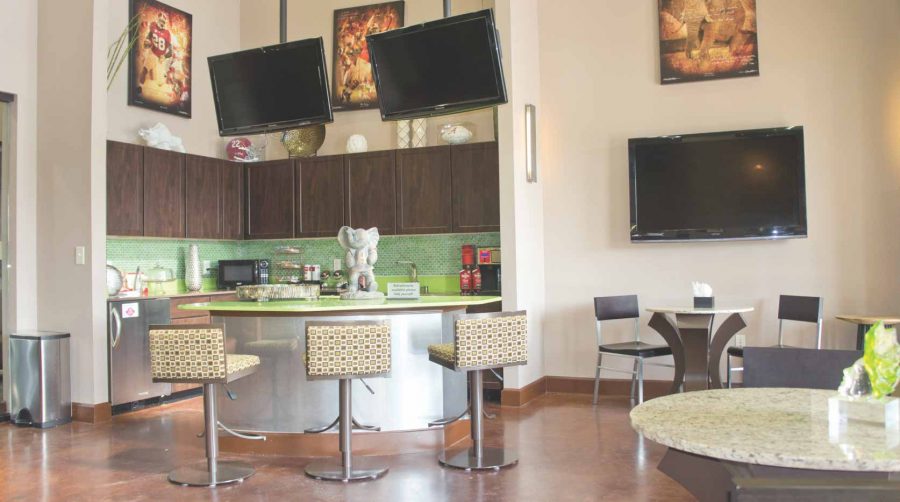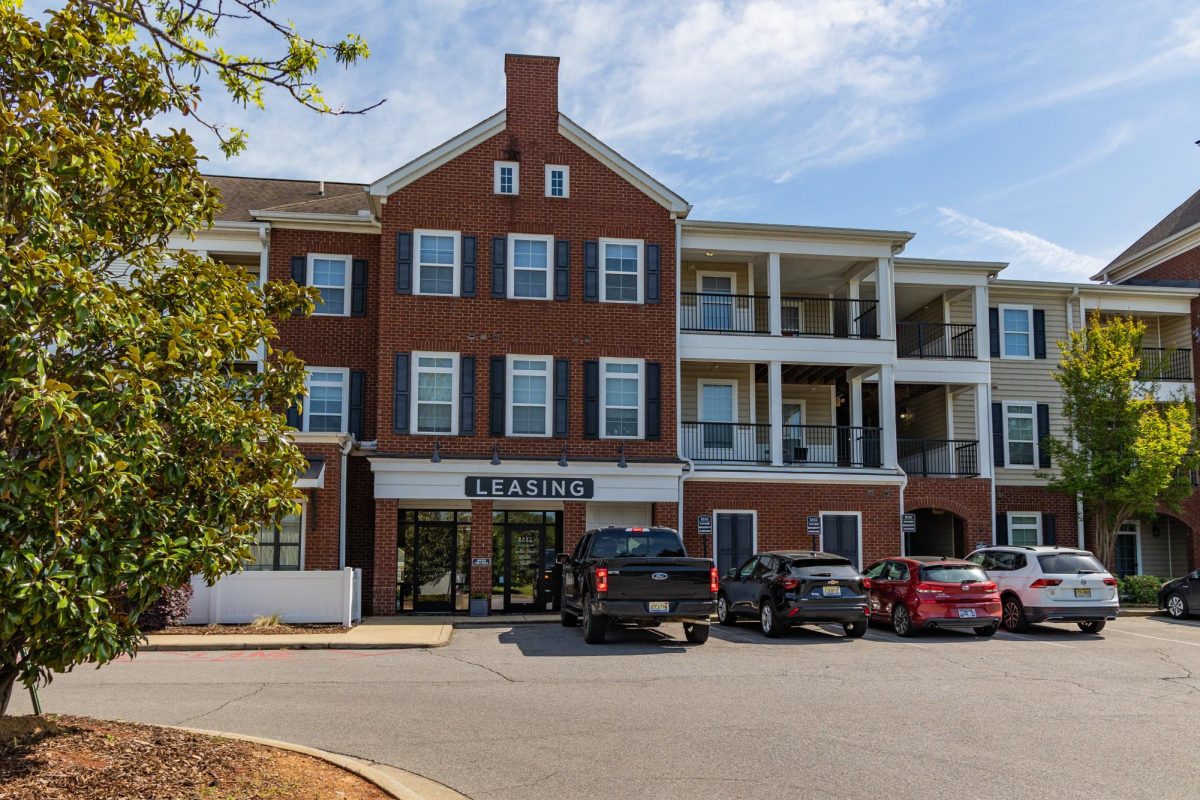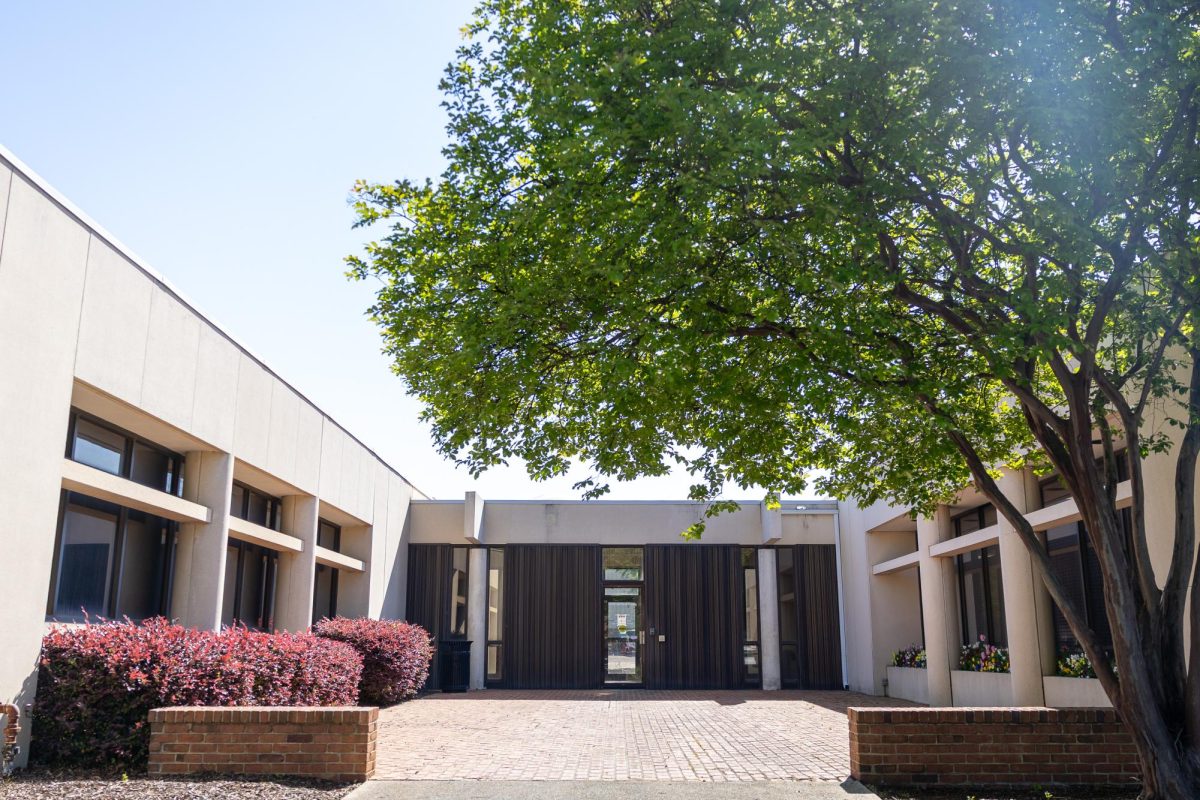Concerns about continuous construction of student housing in Tuscaloosa have led Mayor Walt Maddox to create the Student Rental Housing Task Force, which met yesterday at City Hall.
“I’m a 50-year-old guy who sits on the planning commission, and I’m worried sick about this community,” Steven Rumsey, chairman of the Planning and Zoning Commission, said during yesterday’s meeting of the task force.
In the wake of the financial crisis of 2007-09, Rumsey said the board was more optimistic when it came to approving large student-specific housing complexes because of the job opportunities they would bring for citizens, but now they are reassessing these policies. The Alabama Center for Real Estate is looking into these concerns of over-construction.
“With ACRE’s multifamily market survey that includes student housing due to be released next month, we will be in the fortunate position of providing factual data,” Grayson Glaze, director of ACRE, said. “With that being said, UA’s recent enrollment growth along with Tuscaloosa’s positive economic profile and post-tornado related business opportunities have certainly attracted new development and the concern of future oversupply is ripe for analysis at this time.”
Some members of the community have expressed concern over the rapid expansion of the student housing market, but there is currently no process for controlling the rate of development, John McConnell, director of planning and development services, said.
“It’s all about your zoning use rights. We don’t tell people when they can build, or anything other than what they can build on their property,” McConnell said.
Student apartment complexes have begun to feel the hit.
While three-year-old student housing complex the Woodlands managed to reach 100 percent occupancy this year, it took until July to reach that point, whereas it was full by May in 2012, Jennifer Lauth, a representative from the Woodlands, said during the meeting.
Crimson Student Living, formerly Sterling Crimson, which had 93 percent occupancy last renting season, was down to 84 percent this year, even with a 3 percent bonus from taking over leases at a complex that was not finished in time for the school year, Amy Vernor, a representative from Crimson Student Living, said during the meeting.
“In many cases, it took longer, and in some cases they had to employ incentives to fulfill their goal. That could be discounted rents, discounted fees and deposits. That could be flat screen televisions or iPads, depending on whatever the marketing department decides on,” Jim Andrews, publisher of the Tuscaloosa Apartment Guide, said of Crimson Student Living’s occupancy struggles.
Tuscaloosa’s construction rate of student housing developments is among the highest in the nation, Andrews said.
“For the inventory available today, we have one of the highest volumes of development in the pipeline than anywhere in the country,” Andrews said.
Development in the pipeline refers to developments that are under construction, approved or in the approval process.
“Within a 24-month period of time, we’re going to have somewhere between 5,000 and 7,000 beds added to the inventory,” Andrews said.
That flood of available beds could potentially hurt the health of the housing market, some members of the task force said.
“Who suffers at the end of the day? It’s going to be the students and the community,” Vernor said.
“I do think they [the City Planning and Zoning Committee] ought to adhere to the rules, whether that’s zoning ordinances or codes and try to minimize variances or alterations to the existing code. First and foremost, just in the interest of fairness, and I think they do that,” Andrews said.
While competition may drive rent prices down and incentives up, there could be other real costs for renters.
“The students – they want healthy occupancy levels because the properties operate at a higher level and are maintained at a higher level,” Andrews said. “Anecdotally, when occupancy levels fall too low, the pool doesn’t get relined, the parking lot gets patched instead of repaved. It’s upkeep and maintenance issues.”
Students interested in asking questions or giving input to the Student Rental Housing Task Force can attend a meeting Tuesday at 6:30 p.m. in Ferguson Room 204A.
“It’s mostly geared toward what students want, and what the future looks like for students and where they’re going to live and how that affects them,” Madalyn Vaughn, senior accounting major and student representative on the Task Force, said. “They talk about the amenities that come with the new places, but I think that the most important factor, at least for me as a student and for other students is what the rent price is at the end of the day. So I think that this committee can kind of address where that rent price will go, and what the value of the rent price will be in the future and what it is right now.”









